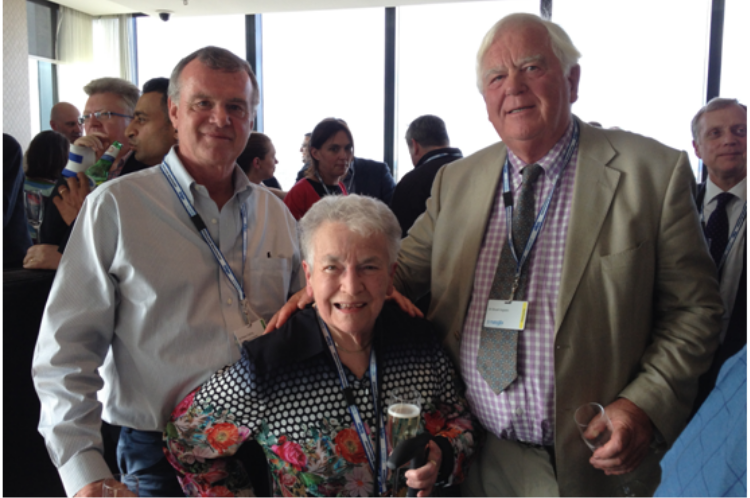Cushing had been profoundly influenced by his experience when, as a medical student, he was called from the ‘benches’ to administer ether. The patient promptly vomited, aspirated and died. His seniors told him ‘Don’t worry. This happens all the time! Cushing was one of the first clinicians to record the patient’s vital signs throughout surgical procedures. He appreciated the need for care when administering anaesthesia and was quoted as saying ‘regardless of the drug to be employed it is essential that it be employed by an expert – preferably by one who makes this his speciality’. On returning to London Sir Hugh Cairns adopted Cushing’s approach and persuaded the Rockefeller Foundation to provide funding for the first specialist neuro anaesthetists, Dr Olive Jones. She followed Cairns to Oxford when he moved there in 1938.
The National Health Service was formed in 1948 and anaesthetists obtained consultant status. By the 1960s neurosurgical units existed throughout Great Britain and Ireland and a number of anaesthetists specialised in anaesthesia for neurosurgery. However, the meetings and conferences of that time did not fulfil their academic needs. For example, the 131st Annual Meeting of the British Medical Association was held in Oxford in 1963. There was a section for anaesthetics and within that section, Professor Cecil Gray chaired a symposium on anaesthesia for neurosurgery. The speakers included Dr Norman McCleery from Sheffield, Dr Andrew Hunter from Manchester and Dr Jan Hewer from London.4 Dr Allan Brown from Edinburgh, who was the Honorary Secretary of the Scottish Society of Anaesthetists, began discussion groups for specialist anaesthetists. Neuroanaesthetists from Edinburgh, Glasgow, Aberdeen and Dundee met twice a year. In 1964 this Scottish group met in Newcastle and Dr Andrew Hunter,





